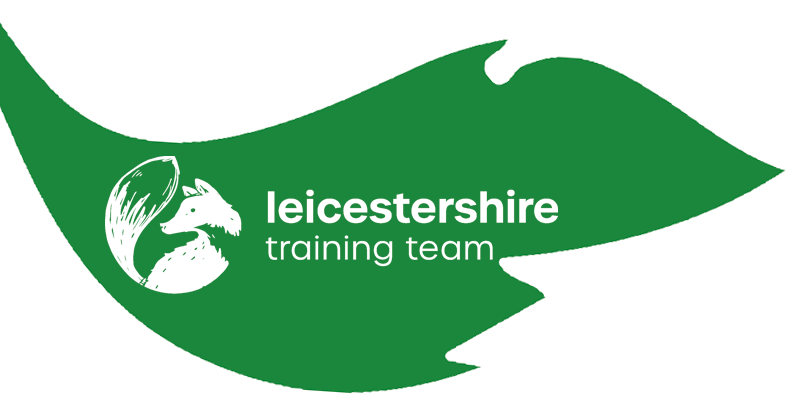What Happens in a First Aid Course?
Posted on 18th February 2022
Lots of people worry about what will happen during their first aid course. Will there be CPR, will I have to bandage someone, will I be able to pass? Lots of questions!
In this article, we cover all you need to know including (click the sentence to head straight there):
Lets get straight to it!
What is CPR?
This is the topic we get the most questions about, do I need to break someone's ribs to do it right, do I need to preform CPR on the floor etc.
We'll put the record straight as painless as possible! No broken ribs here!
CPR or Cardio Pulmonary Resuscitation is when you preform chest compressions and rescue breaths on a person (or a manikin). To preform chest compressions, you will need to be able to knee on the floor to pass this part of the course. You will also need to press down to one third of the manikin's width to preform a sufficient compression. For an adult, you'll do this with two hands, for a child just one hand is needed, and for a baby only two fingers are used. That's all a chest compression is, pressing down on the chest enough to compress the heart. This squeezes the blood out and around the body. You don't need need to break any ribs either! The only time you're likely to break a rib is if you're preforming chest compressions on an elderly person.
Don't worry about not being able to press the manikin down far enough, you will be taught to use your body weight, rather than your arm muscles, to compress the person's chest.
For rescue breaths, the process is even easier, tilt the head back, put your mouth over theirs and breath out. That's it! Nothing to get worried about. You will need to preform two rescue breaths after every 30 chest compressions. This creates one CPR cycle. You're expected to be able to do 3-4 cycles per minute, which sounds fast, but it's slower than you might expect.
How Do I Pass a First Aid Course?
There aren't to many things you need to do in order to pass any first aid course. These are the main things you will need to demonstrate:
You can preform CPR on the floor on a manikin. See above for more info on this!
You can bandage someones leg/arm, head and hand. Although most first aid courses won't necessarily include bandaging a casualty.
You can remember the Emergency Plan; the DRS A&B routine (Danger, Response, Shout for help, Airway & Breathing).
You listen to the information given and then do your best to remember it during any multiple quiz or mini test you might be given.
Any first aid course should be delivered in a way that is fun, interactive and engaging to the learners. Although not all first courses will include bandaging, using slings or injecting casualties with adrenaline, they will all include CPR on a manikin. If you have difficulties getting down on your knees, or you get preform CPR, it would be best to speak to the training provider first, prior to booking onto a course. Often the ability to knee on the floor is a prerequisite to being able to pass the course.
The information you will receive on the day will be streamline and simple, this is to ensure everyone has the best chance to not only learn the information but to be able to remember in the future too. First aid courses are much simpler then they used to be. This is to prevent confusing anyone. So rest assured, the chances are you'll be absolutely find to pass!
Do I Need To Use Bandages?
Most first aid courses will not require you to use bandages, slings or splints. In the past, people were taught to use arm slings, elevated slings, leg splints and more. However this lead to confusion over what to use and when. Do I need to use an arm sling or a broken collar bone, or an elevated sling; what about a broken elbow? This makes the first aider loss confidence, wastes times and ultimately doesn't have too much of an effect on the casualty. So needless to say, it's been canned!
There is some bandaging to be done, but this tends to be on the three day First Aid at Work course, rather than the half day or one day courses. The only bandages you'll be expected to do are hand, head and leg/arm bandages, all of which are simple and easy to preform.

Will I Need To Use A Needle?
Luckily not! There are no needles used in first aid courses. If the trainer is teaching you about diabetes or anaphylaxis then needles will be mentioned, but not used. For diabetes, a needle could be used to check someone's blood sugar or inject insulin into them; however not all first aid providers will teach you to do this. For anaphylaxis , a needle would only be needed if you are using the person's Epi pen to inject adrenaline into them. These needles are normally simple to use and work automatically, so there's nothing for you to do with the needle. This makes one thing less to worry about!

We hope this has been useful for you and answered any queries or concerns you've had about first aid courses.
Free feel to check out our other blogs for more information about a whole range of topics, and contact us today for first aid training Leicester.
Share this post:








